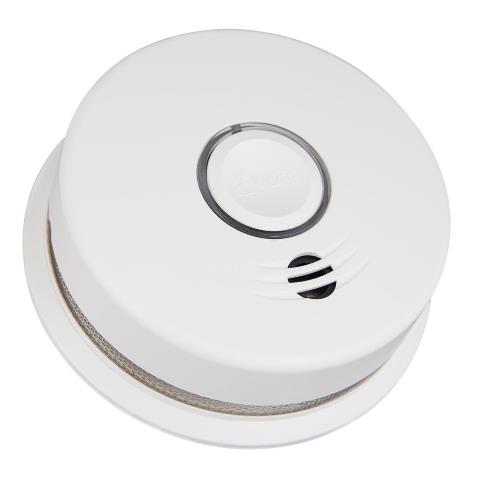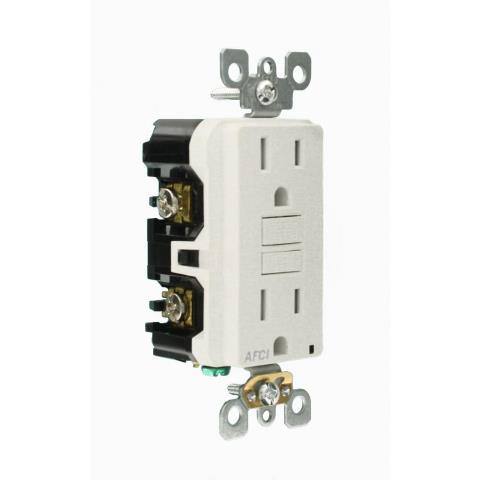
September is National Preparedness Month, and now is the time to think about preparing your home for fire hazards. The National Fire Protection Association (NFPA) states fire departments in the US respond to a home fire on average one every 24 seconds. Being prepared is the first line of defense.

Only 25 percent of consumers are aware of the recommendation to replace smoke alarms every 10years, according to research conducted by The Home Depot Consumer Insights team. After 10 years the sensors inside the alarms simply wear down, and even if the alarm still chirps when you test it or replace the battery, the sensors may be compromised.
When updating to the latest technology, consider an alarm that detects both fire and carbon monoxide dangers. The Centers for Disease Control & Prevention found that each year, more than 400 Americans die from unintentional CO poisoning not linked to fires, more than 20,000 visit the emergency room, and more than 4,000 are hospitalized.
Kidde has created the best interconnected, combination alarm on the market, the only alarm that’s Red Cross-certified. The new Kidde Worry-Free Wireless Combination Alarm (pictured) talks to all the alarms throughout the house with easy installation – no need to hard wire. So if there is a fire in the basement, you’ll be notified in the bedroom right away. It also allows you to install one alarm for two risks, with voice alerts that tell you exactly if the danger is fire or carbon monoxide. And your home is protected even when you aren’t there with capability for push notifications to your phone. All of these features in one alarm are only available at The Home Depot.

Along with alarms, fire extinguishers are essential in the home. Portable fire extinguishers put out a fire 94 percent of the time they are used, according to the Fire Equipment Manufacturer’s Association. This typically takes place within the first two minutes of the fire, so it’s important to know how to use a fire extinguisher properly. Organizations like the NFPA recommend the P.A.S.S. technique:
- PULL the pin.
- AIM low and point the nozzle at the base of the fire.
- SQUEEZE the handle to release the extinguishing agent.
- SWEEP from side to side at the base of the fire until it’s out.
The final piece of equipment to check in a home are your electrical outlets. A technology called arc fault circuit interrupter (AFCI) is designed to detect potentially hazardous arc-faults that can start fires. Arc-faults can occur anywhere in the home’s electrical system, usually from damaged cords or wires. Products like the Leviton SmartlockPro Outlet AFCI Receptacle (pictured) detect the faults and interrupts the power. AFCI outlets are now required by the National Electrical Code in many areas of the home, so contact your electrician if you are unsure about the wiring in your residence, especially if it is an older house.